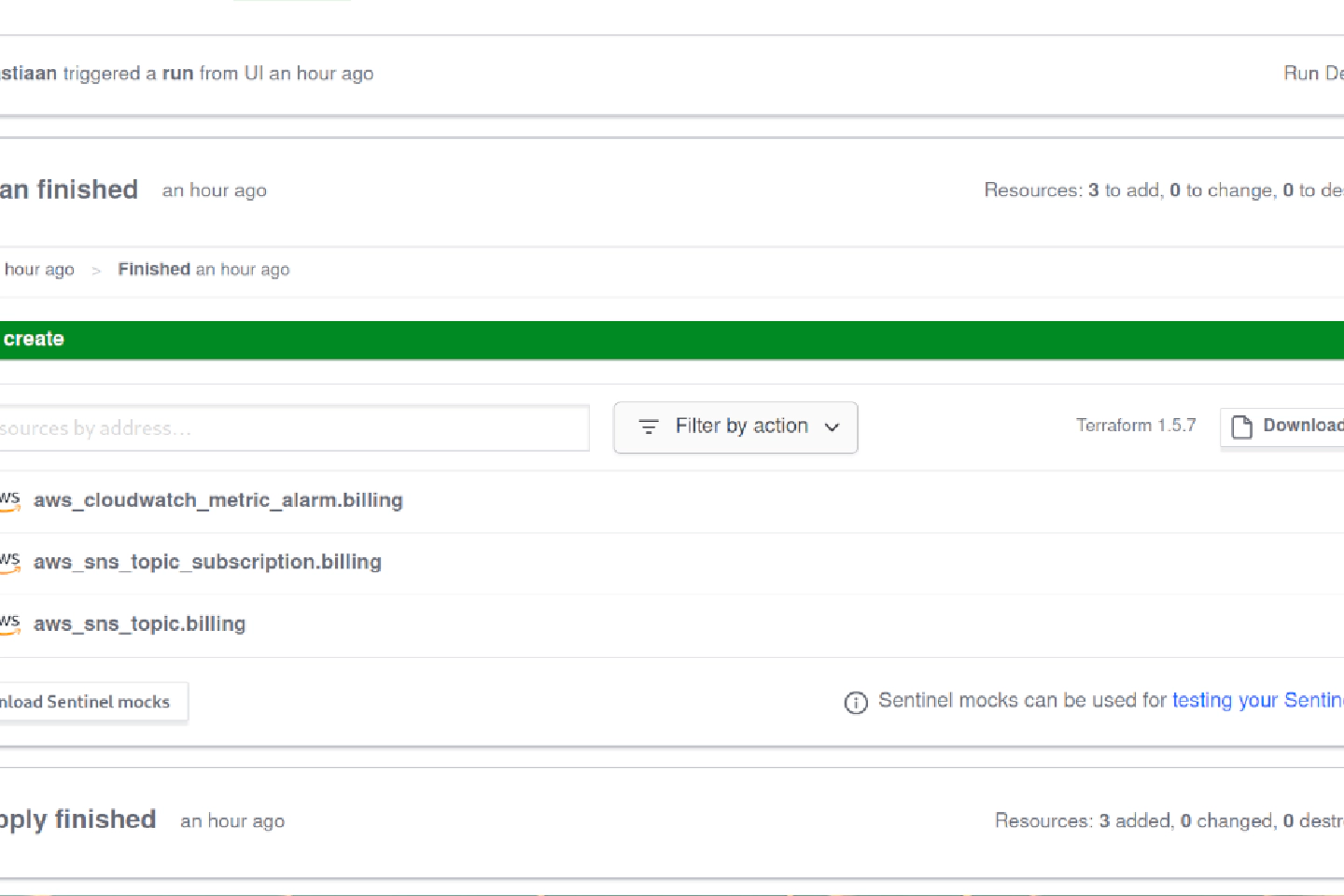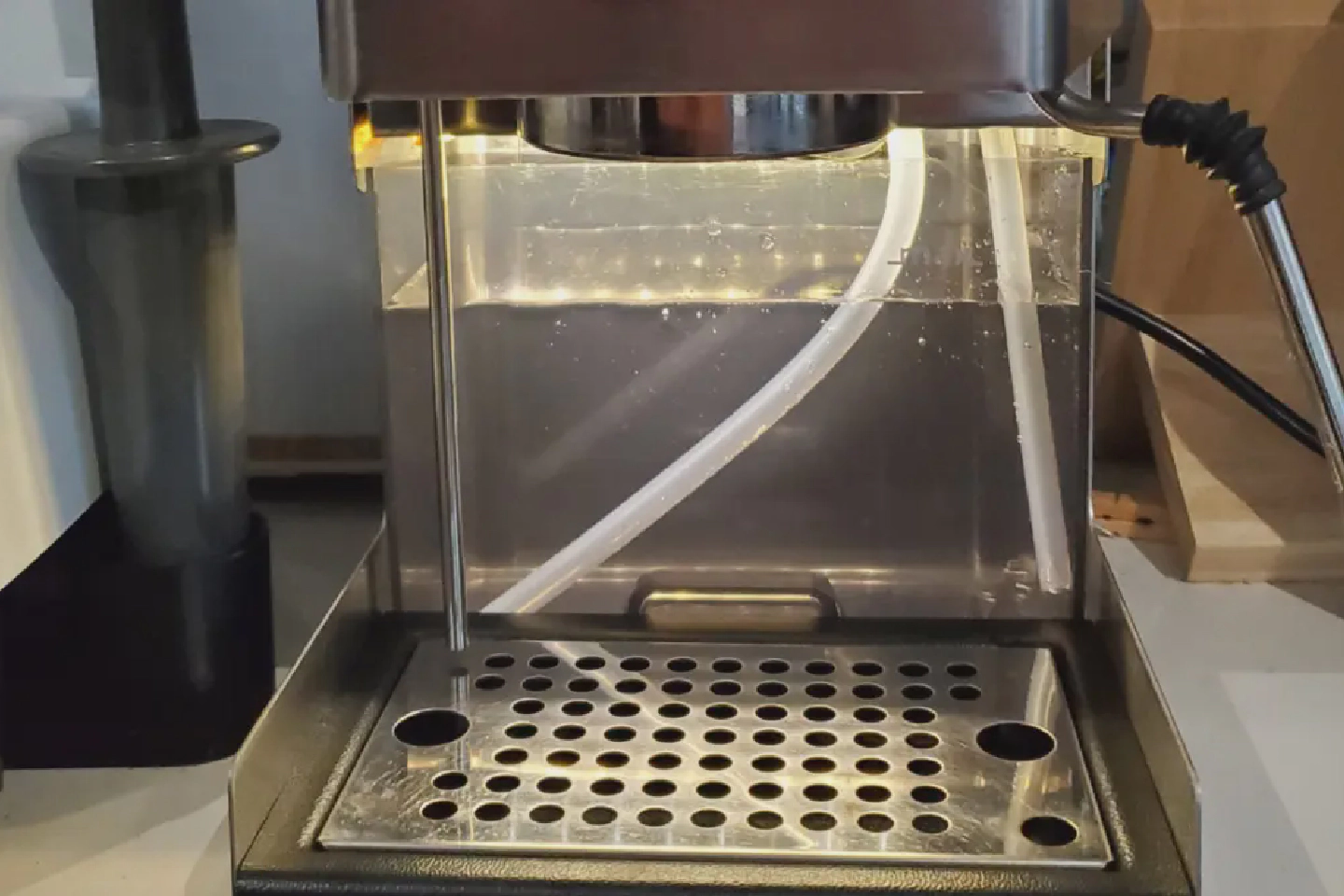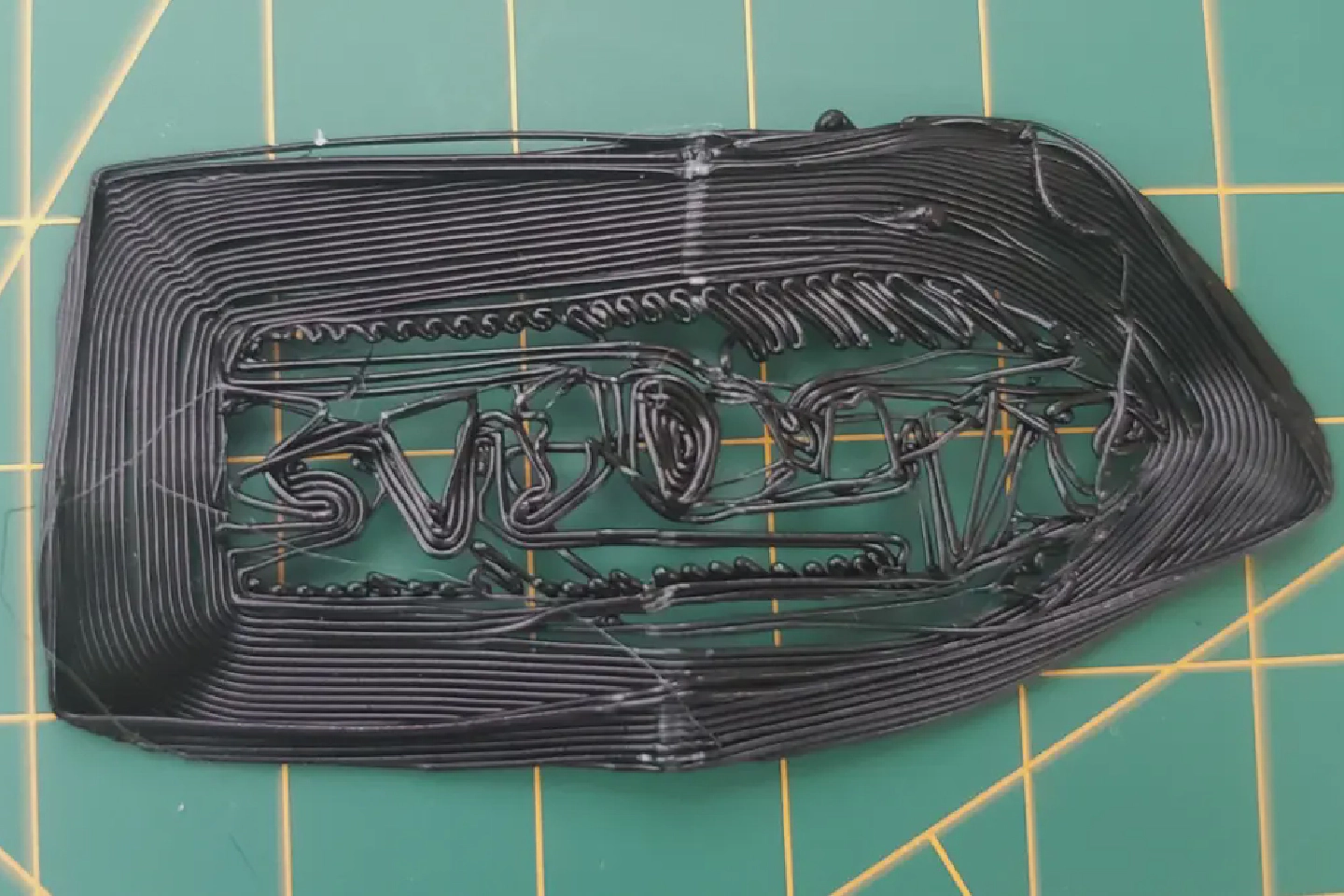I recently got a Framework laptop; so far I have been really impressed with it.
After years of using 15/16 inch MacBook Pros, it’s nice to have a smaller one - which through its openness to repair and upgrades really feel like my own.
One thing which isn’t as impressive however, is the battery life. I’ve been trying to optimise that.
In this guide we’re tackling hibernation.
I used Walian’s guide when setting up Arch Linux on this laptop. It covers a basic Arch install with Secure Boot, btrfs, TPM2 LUKS encryption, and Unified Kernel Images.
The guide is made up of information found on the following pages. They have more information and are worth a read.
A good rule of thumb is to replace the 34g with the amount of ram you have + 2



